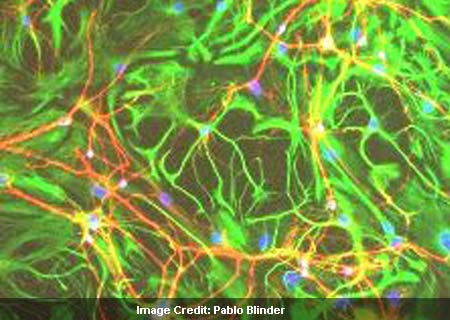PORTLAND, Ore. -- Could what you eat keep you from getting Alzheimers?
The author of a new study at OHSU looked at elderly people, testing their blood, mental abilities and the size of their brains. The results may have you changing what you eat, too.
Dr. Gene Bowman's new study revealed the answers aren't definitive because more research needs to be done. However, if what the study indicates is correct, this may be one of the smartest ways for you to shop. You may want to feed your brain, as well as your stomach, starting with vitamins.
One of the first things on the list of good brain food are nuts. They have Vitamin B-1 and also Vitamin E. But the study also showed combining vitamins may be even better for your head by going for Vitamins B (items like broccoli and leafy greens), C (foods like citrus), D (foods like salmon) and E (foods like avocados and nuts).
Spinach might also be on your next shopping list. It counts for all kinds of things -- Vitamin B-2, Vitamin B-9 and Vitamin E.
Chris Blair was at a Northwest Portland Safeway recently and shared what was in his shopping cart. There were eggs, whole grains and salmon that could improve his memory and mind function. The salmon brings more than just vitamins, though. In the study, people who had Omega 3 fatty acids -- from fish like salmon -- had larger brains with less shrinkage.
There is a No. 1 bad brain food, though. According to the research, trans fats -- showing up as partially hydrogenated oils -- are the worst offenders. Trans fats show up in cookies and crackers, among other things. According to the study, people with even low levels of trans fats in their blood had more brain shrinkage.
Blair said he cares if his brain shrinks.
"Of course I care. That's why I stopped drinking," he said with a smile.
Other foods that may have trans fats are processed foods, convenience foods, fast foods and baked items. Be sure to check the ingredients for partially hydrogenated oils and ask questions at restaurants if you want to use the new research to your advantage.
The author of a new study at OHSU looked at elderly people, testing their blood, mental abilities and the size of their brains. The results may have you changing what you eat, too.
Dr. Gene Bowman's new study revealed the answers aren't definitive because more research needs to be done. However, if what the study indicates is correct, this may be one of the smartest ways for you to shop. You may want to feed your brain, as well as your stomach, starting with vitamins.
One of the first things on the list of good brain food are nuts. They have Vitamin B-1 and also Vitamin E. But the study also showed combining vitamins may be even better for your head by going for Vitamins B (items like broccoli and leafy greens), C (foods like citrus), D (foods like salmon) and E (foods like avocados and nuts).
Spinach might also be on your next shopping list. It counts for all kinds of things -- Vitamin B-2, Vitamin B-9 and Vitamin E.
Chris Blair was at a Northwest Portland Safeway recently and shared what was in his shopping cart. There were eggs, whole grains and salmon that could improve his memory and mind function. The salmon brings more than just vitamins, though. In the study, people who had Omega 3 fatty acids -- from fish like salmon -- had larger brains with less shrinkage.
There is a No. 1 bad brain food, though. According to the research, trans fats -- showing up as partially hydrogenated oils -- are the worst offenders. Trans fats show up in cookies and crackers, among other things. According to the study, people with even low levels of trans fats in their blood had more brain shrinkage.
Blair said he cares if his brain shrinks.
"Of course I care. That's why I stopped drinking," he said with a smile.
Other foods that may have trans fats are processed foods, convenience foods, fast foods and baked items. Be sure to check the ingredients for partially hydrogenated oils and ask questions at restaurants if you want to use the new research to your advantage.









